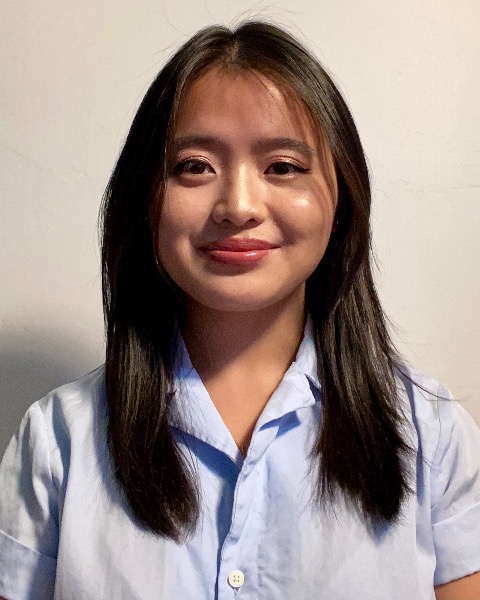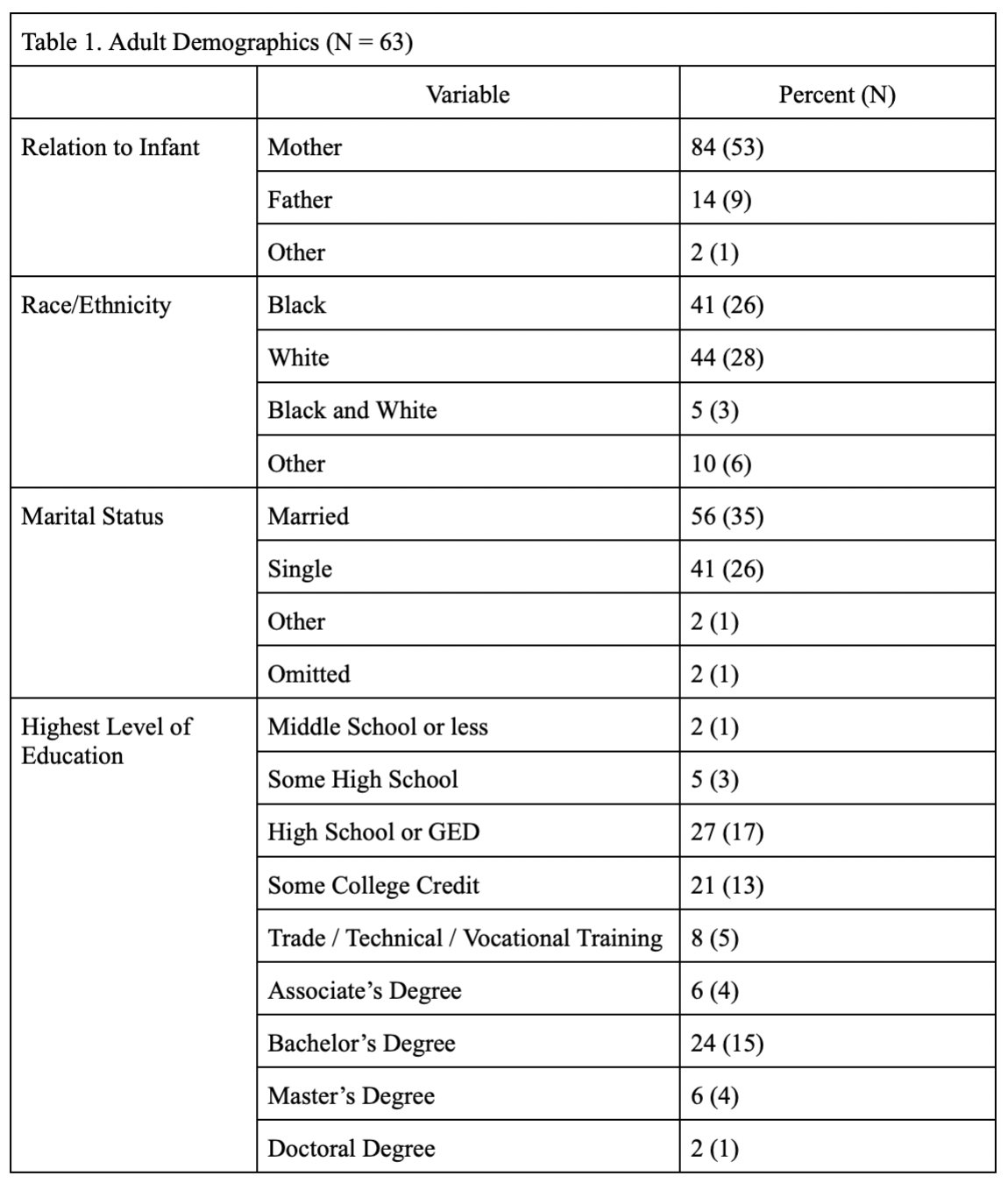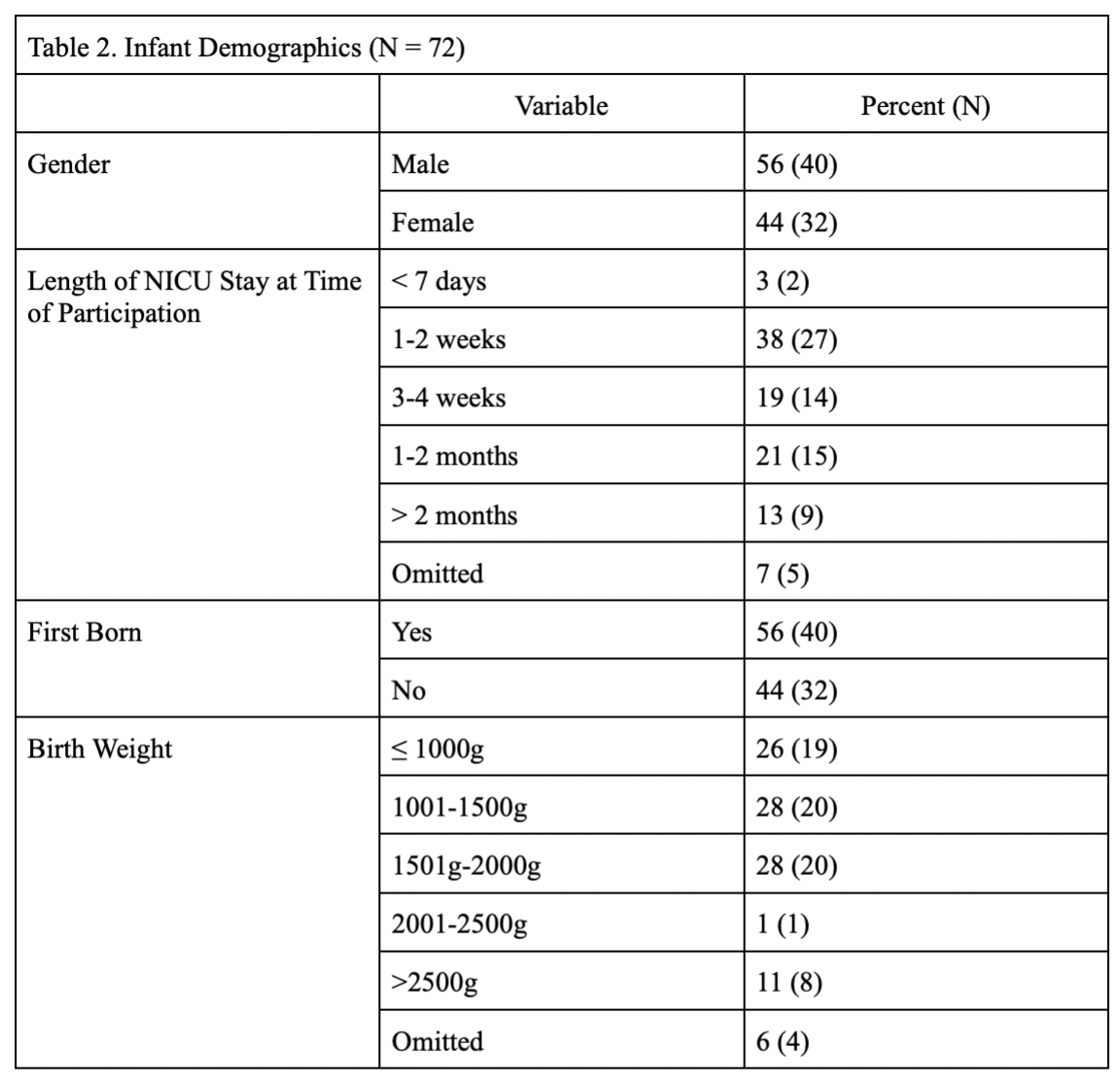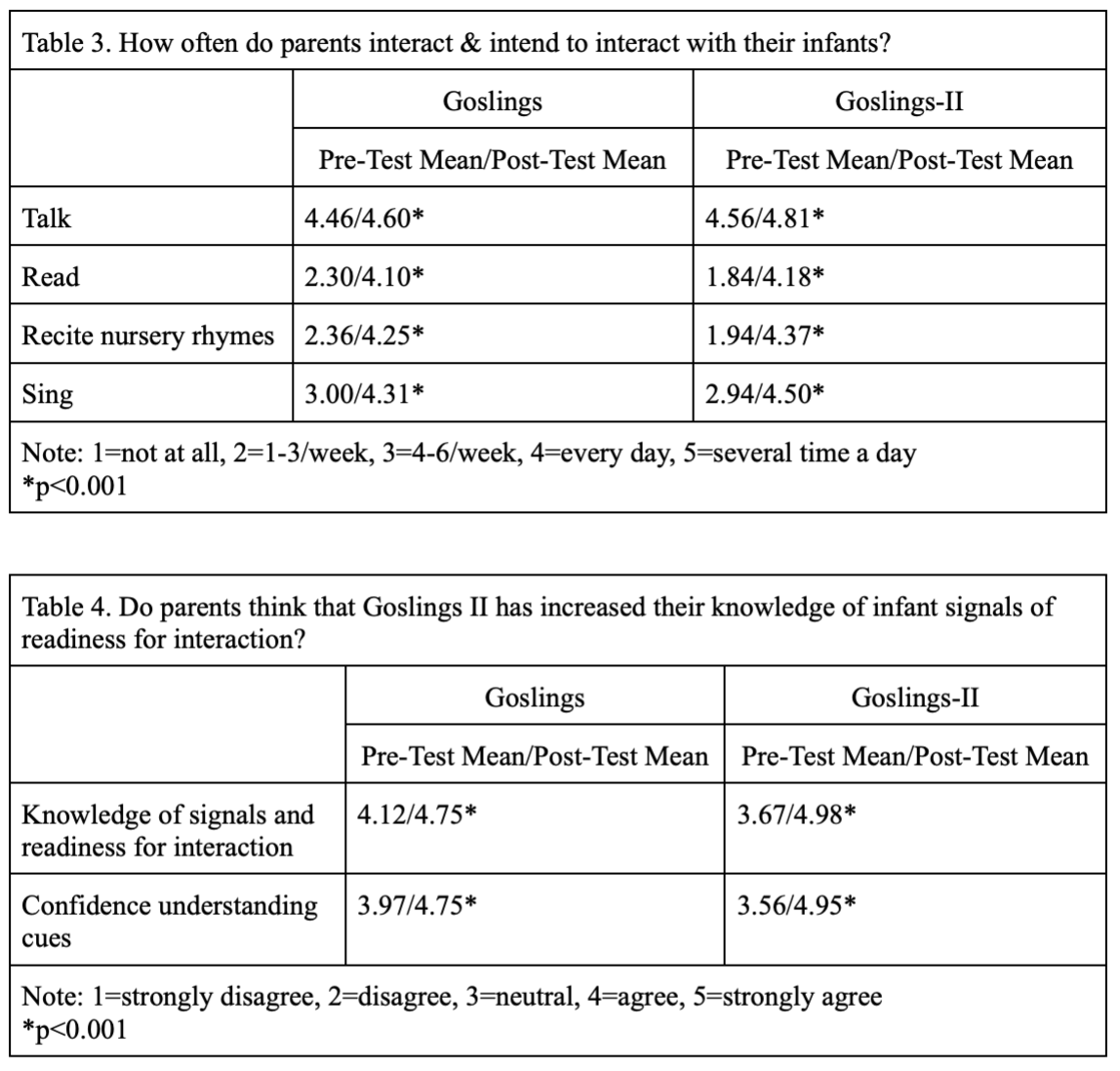Neonatal General
Neonatal General 3: Ethics, Parents Take the Lead
281 - Can a Streamlined and Less Expensive Version of a Successful NICU Parent Education Program Yield Similar Results?
Friday, April 28, 2023
5:15 PM - 7:15 PM ET
Poster Number: 281
Publication Number: 281.132
Publication Number: 281.132
Tiffany Cao, University of Maryland School of Medicine, Baltimore, MD, United States; Brenda Hussey-Gardner, Division of Neonatology University of Maryland, Baltimore, MD, United States; Lisa Shanty, Johns Hopkins University IDEALS Institute, Baltimore, MD, United States; Betsy Diamant-Cohen, Mother Goose on the Loose, LLC, Baltimore, MD, United States; Barb Henschel, Port Discovery Children's Museum, BALTIMORE, MD, United States

Tiffany Cao, B.S. (she/her/hers)
Medical Student
University of Maryland School of Medicine
Baltimore, Maryland, United States
Presenting Author(s)
Background: Mother Goose on the Loose: Goslings is a parent education program implemented in a Level IV, single-room NICU. It taught parents how to talk, sing, rhyme and chant to their infant using a provided Goslings Kit, while responding to signals. A previous evaluation demonstrated that Goslings significantly increased parent intention to engage in more early language and literacy practices, and increased parent-reported knowledge on improving interaction with their infant. In addition, the majority of parents reported engaging in these practices 1-2 weeks later (Shanty et al., 2019). Unfortunately, Goslings was not fiscally sustainable due to its cost.
Objective: To revise Goslings to decrease cost while maintaining program effectiveness.
Design/Methods: Goslings was revised to decrease program length from 75 to 60 minutes and kit cost from $55 to $15. The revised program, Goslings-II, included all of the same principles while simplifying content and reducing the number of kit items. During Goslings-II, an instructor provided families with early language and literacy activities for interacting with their infants, taught parents how “to read” and understand their infants’ signals, and used a “traffic light” model to convey the infants’ medical readiness for activities. Each family received a kit with materials to use with their infant. Participants completed a pre-program questionnaire with demographic information, self-reported knowledge and infant interaction, and a post-program questionnaire on program satisfaction, intention to interact, and signals knowledge. All data was analyzed utilizing SPSS-24 software.
Results: 63 family members (Table 1) of 72 infants (Table 2) completed both pre- and post-program questionnaires. 100% of respondents stated they were satisfied with Goslings-II and would recommend it to other NICU parents. Respondents indicated that after attending Goslings-II they were significantly more likely to talk, read, recite rhymes, and sing to their infant (p< 0.001 respectively, Table 3). Additionally, respondents noted that they were significantly more knowledgeable of signals and their infants’ readiness for interaction, and were significantly more confident about reading these signals (p< 0.001 respectively, Table 4).
Conclusion(s): Goslings-II is a shorter and less expensive version of Goslings. Evaluation of Goslings-II yielded positive results similar to Goslings, demonstrating program effectiveness at a more affordable price. Future studies should evaluate the actual implementation of Goslings-II activities by parents and its long-term impact on NICU parents and their infants.



